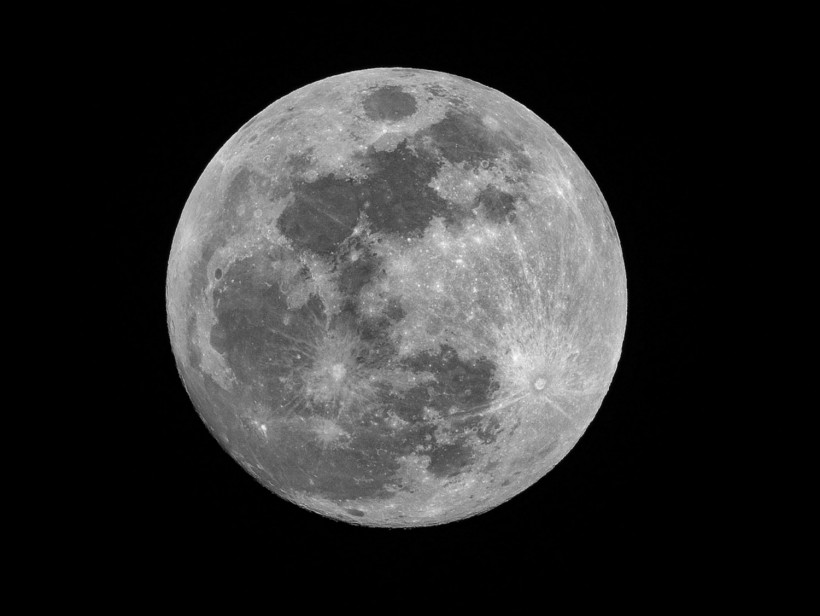Engaged in a present-day space competition, NASA, the European Space Agency (ESA), and others are actively exploring the uncharted southern hemisphere of the moon, with a primary focus on uncovering water resources. The motivation behind this endeavor lies in the substantial cost-cutting opportunities that the discovery of water could offer, providing vital elements such as hydration, oxygen, and essential rocket fuel.
NASA's larger vision involves the establishment of a lasting and self-sufficient base at the moon's south pole, utilizing the Lunar Gateway space station as a strategic launch point for travel between Earth and the moon.

Moon Race: NASA, ESA, and Others Seek Water in the Lunar Southern Hemisphere for Cost-Effective Space Missions
Space Agencies Race to the Moon's Southern Hemisphere
NASA is set to embark on a space mission later this year with its Artemis II mission and then aim to land on the Moon's south pole by 2026 under the Artemis III mission. Simultaneously, ESA plans to launch its Airline 6 rocket for a moon landing in mid-2024, while Russia, China, India, and Japan are all eyeing missions to the lunar southern region in 2026.
In 1969, the historic moon landing missed the presence of water, but in 2009, NASA intentionally crashed a rocket, revealing hydroxyl and suggesting the potential existence of water on the moon.
Historically, lunar exploration focused on the moon's equator, where astronauts landed in 1969, missing the telltale signs of water. However, the discovery of hydroxyl in 2009, following a deliberate rocket crash, indicated the possibility of water, especially in the moon's polar regions where temperatures drop to -230 degrees Celsius, enabling the accumulation of water molecules as ice over billions of years.
The prospect of water on the lunar surface holds significant implications for sustained human presence, providing valuable resources like oxygen and rocket fuel, thereby reducing the exorbitant cost of transporting water from Earth to the moon, which currently stands at $1.2 million per liter.
The upcoming NASA mission, if successful, could signify the United States' return to lunar exploration and outpace other nations, including Japan and India, planning joint missions in 2026. China, too, has ambitious plans to land on the moon's southern region the same year, with intentions to establish a research station by 2030.
READ ALSO: Mysterious Glass Beads Found on the Moon Could Be Massive Water 'Reservoirs'
Intuitive Machines Getting Ready for the Second Launch
NASA is gearing up for the second launch of its lunar lander, Odysseus, aboard a SpaceX Falcon 9 rocket, with a projected touchdown on the moon's southern surface on February 22. Despite a recent failed attempt, there is optimism for success, and plans are in place for regular lunar missions, marking a sustained commitment to exploring and utilizing the moon's resources.
Intuitive Machines aims to land Odysseus on the Moon's south pole, carrying NASA payloads for scientific research. The launch is scheduled for February 14, 2024, at 05:57 UT (12:57 a.m. EST).
The mission includes studying plume-surface interactions, radio astronomy, and lunar space weather. The lander will touch down at Malapert A crater. It is set to operate for approximately 14 Earth days in sunlight.
RELATED ARTICLE: Intuitive Machines Prepare for First Lunar Mission With SpaceX's Falcon 9, Targeting Lunar South Pole on Valentine's Day
Check out more news and information on Moon Landing in Science Times.














